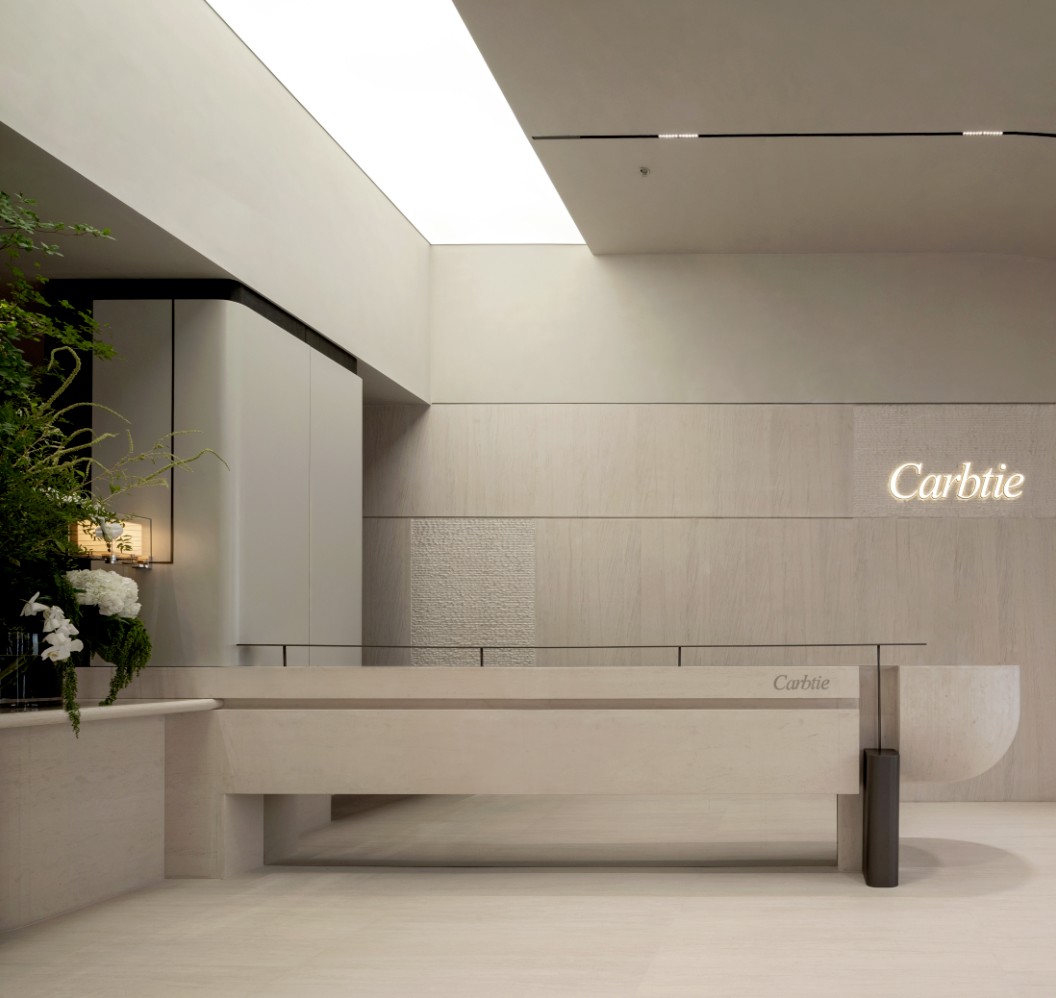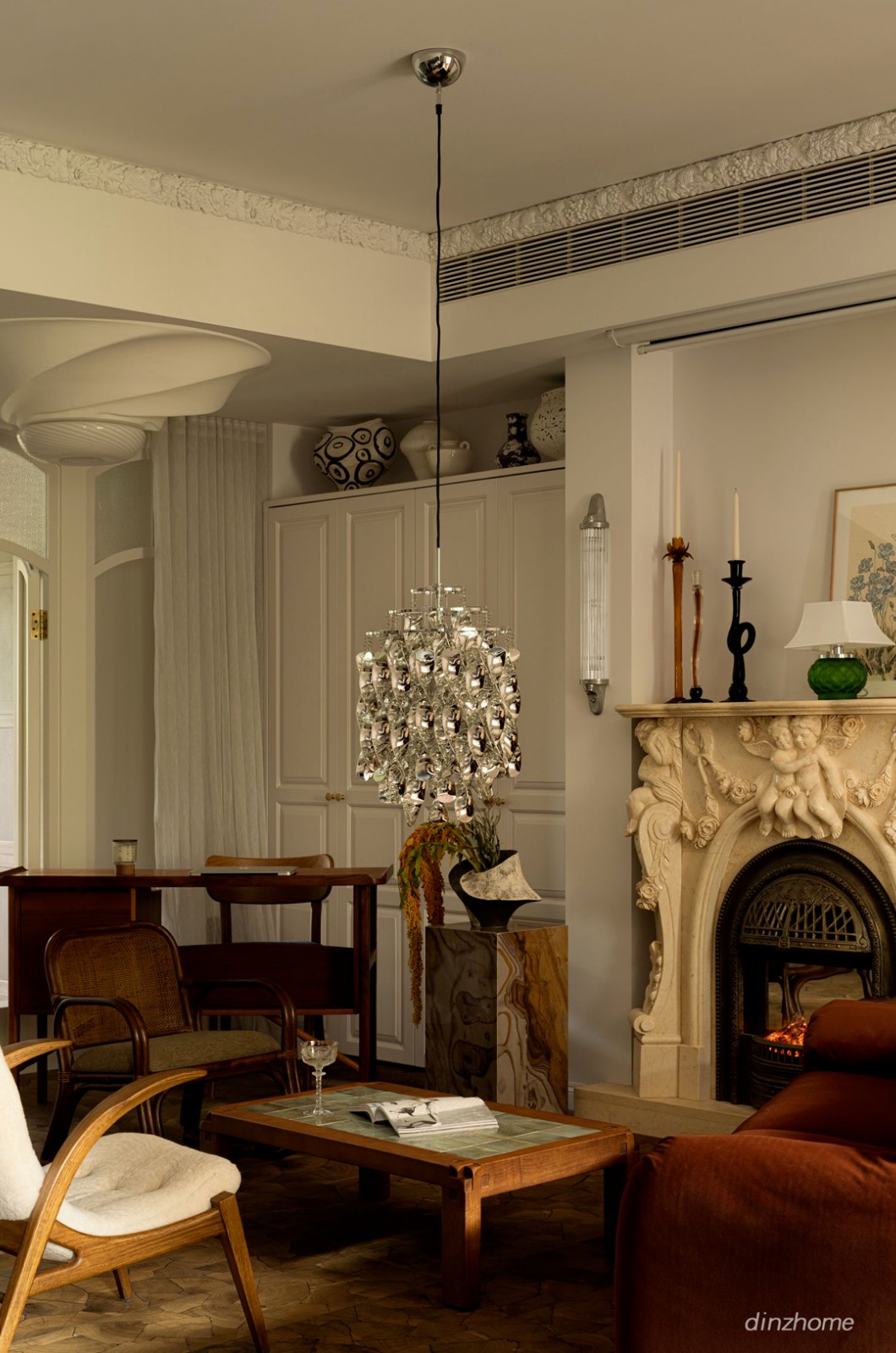EERC Todd Schliemann of Ennead Architects with Jacobs Engineering Group
2017-10-20 13:00
© Aislinn Weidele
c.Aislinn Weidele


架构师提供的文本描述。在七年的时间里,erc定义了一种新的工程教育方式,它将以本科生项目为基础的学习和跨学科的研究生研究结合起来,与最先进的教室、大规模的实验室和制造者空间相结合。
Text description provided by the architects. Over seven years in the making, the EERC defines a new approach to engineering education through the integration of undergraduate project-based learning and interdisciplinary graduate research, with state-of-the-art classrooms, large-scale labs, and maker spaces.
© Aislinn Weidele
c.Aislinn Weidele


它包括23,000平方英尺的国家仪器学生项目中心,旨在将最先进的工程研究工具交到本科生手中,詹姆斯J.和米里亚姆B.穆尔瓦礼堂和会议中心,科克雷尔学校最大的活动空间,德克萨斯仪器教学和项目实验室,以及创新中心,这是该校第一个致力于创业和以更快速度将革命性想法推向市场的空间。
It includes the 23,000 square foot National Instruments Student Project Center, designed to place the most advanced tools in engineering research into the hands of undergraduates, the James J. and Miriam B. Mulva Auditorium and Conference Center, the Cockrell School’s largest event space, the Texas Instruments teaching and project labs, and the Center for Innovation, the school’s first space dedicated to entrepreneurship and moving revolutionary ideas to market at a faster rate.


这座建筑的设计围绕着“透明和统一”的理念,通过整合本科生项目学习、跨学科研究生研究和专注于创业的创新中心,为工程教育和研究确定了一种新的模式。考虑到学校的战略和规划需要,这座建筑被组织成两座9层高的石灰石和玻璃塔,承认电气和计算机工程系以及跨学科研究生研究对实验室、办公室和工作空间的要求有很大不同。
The building’s design, centered around the idea of “Transparency and Unification,” defines a new paradigm for engineering education and research through the integration of undergraduate project-based learning, interdisciplinary graduate research, and a Center for Innovation focused on entrepreneurship. Given the school’s strategic and programmatic needs, the building is organized into two nine-story limestone and glass towers, acknowledging the substantially different requirements for labs, offices, and workspaces of the Department of Electrical and Computer Engineering and interdisciplinary graduate research.
© Aislinn Weidele
c.Aislinn Weidele


这两座高楼有向内的玻璃幕墙立面,由一个封闭的三层中庭连接,其中有一个折叠的玻璃和钢屋顶,创造了一个充满活力、光线充足的公共空间,这是该建筑的社会中心,旨在促进教职员工、学生和校园游客之间的“生产性碰撞”。
The two towers, with inwardly-oriented glass curtain wall facades, are connected by an enclosed three-story atrium with a folded glass and steel roof, creating a vibrant, light-filled public space, which is the social heart of the building meant to facilitate “productive collisions” between faculty, staff, students and campus visitors.
© Aislinn Weidele
c.Aislinn Weidele


桥梁和楼梯创造循环路径贯穿并加入不同的研究环境。位于中庭北墙的从地板到天花板的玻璃明显可见于国家仪器学生项目中心,该中心致力于以项目为基础的跨学科学习。它诚实地表现出原始的混凝土、充分暴露的机械系统和从房间到房间的玻璃墙,充分展示了工程和工程教育。
Bridges and staircases create circulation paths throughout and join the different research environments. Prominently visible through floor-to-ceiling glass along the north wall of the atrium is the National Instruments Student Project Center, dedicated to project-based interdisciplinary learning. Its honest expression of raw concrete, fully exposed mechanical systems and glass walls from room to room puts engineering, and engineering education, on full display.
© Aislinn Weidele
c.Aislinn Weidele


Courtesy of Ennead Architects
Ennead建筑师的礼遇
.jpg)

整栋大楼的建筑姿态都是为了提升和庆祝工程原理-从跨越塔的钢桁架系统到复杂的螺旋楼梯,从楼梯下精致的“V”柱,到连接楼层的架空桥梁。
Architectural gestures throughout the building were designed to elevate and celebrate engineering principles – from the steel truss systems spanning the towers to the intricate spiral staircase, from the delicate “V” column underneath the staircase to the sky bridges connecting the floors.




.jpg)











.jpg)

















Architects Ennead Architects, Jacobs Engineering Group, Inc.
Location 2501 Speedway, Austin, Texas 78712, United States
Project Leaders Todd Schliemann, Kevin McClurkan
Area 430000.0 ft2
Project Year 2017
Photographs Aislinn Weidele, Cockrell School of Engineering
Category University
Manufacturers Loading...
























